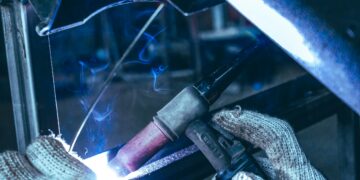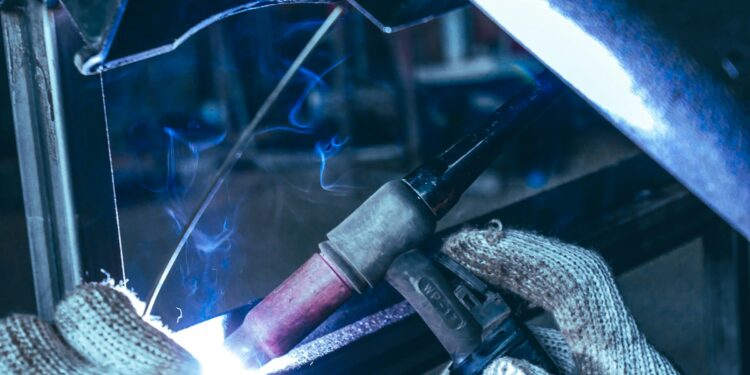Friction welding machines are at the forefront of modern welding technology, revolutionizing how metal components are joined. Unlike traditional fusion welding methods, friction welding relies on mechanical friction and pressure to create robust, high-quality welds. In this article, we’ll delve into the workings of friction welding machines, explore their diverse applications across industries, and highlight the advantages they offer over other welding techniques.
How Friction Welding Worksf
Friction welding is a solid-state welding process that generates heat through mechanical friction between two metal surfaces. Here’s how it works:
- Contact and Heat Generation:
- Two metal parts are pressed together with high axial force.
- The relative motion between the surfaces generates heat due to friction.
- Plasticization and Bonding:
- As the temperature rises, the metal surfaces become viscous.
- The motion continues, promoting mixing and bonding at the contact points.
Types of Friction Welding
- Rotary Friction Welding:
- One material rotates against the other, generating heat and plasticization.
- Commonly used for cylindrical parts like shafts, pipes, and fittings.
- Linear Friction Welding:
- Oscillatory motion creates friction between the parts.
- Ideal for joining flat or irregularly shaped components.
Advantages of Friction Welding Machines
- Strength and Durability:
- Friction welds exhibit minimal distortion and residual stress.
- The resulting joints are often as strong as the parent metal.
- Joining Dissimilar Metals:
- Friction welding enables the fusion of dissimilar materials.
- It’s crucial for aerospace, automotive, and engineering applications.
- Cost-Effectiveness:
- Reduced material waste and minimal post-weld cleanup.
- Faster cycle times lead to cost savings.
- Energy Efficiency:
- Friction welding consumes less energy compared to fusion welding.
- No need for preheating or shielding gases.
- Clean and Environmentally Friendly:
- No fumes, fluxes, or filler materials.
- Minimal environmental impact.
Applications Across Industries
- Automotive Industry:
- Friction welding joins engine components, transmission shafts, and suspension parts.
- Enables lightweight designs and fuel efficiency.
- Aerospace and Defense:
- Critical components like turbine blades, landing gear, and rocket nozzles rely on friction welding.
- Ensures structural integrity and safety.
- Oil and Gas:
- Friction welding connects drill pipes, couplings, and pipeline components.
- Withstands extreme conditions and pressure.
- Railways and Heavy Machinery:
- Axles, wheel hubs, and couplings benefit from friction welding.
- Enhances reliability and reduces maintenance.
The Manufacturing :
Conclusion
Friction welding machines are the silent architects of our interconnected world. Their precision, strength, and versatility make them indispensable across diverse industries. As technology advances, friction welding continues to shape the future of manufacturing, ensuring robust, efficient, and sustainable solutions.
















































